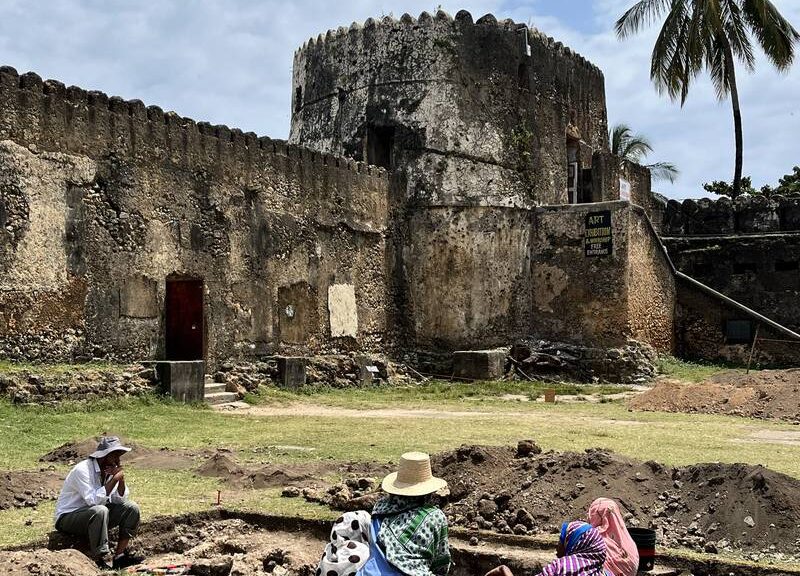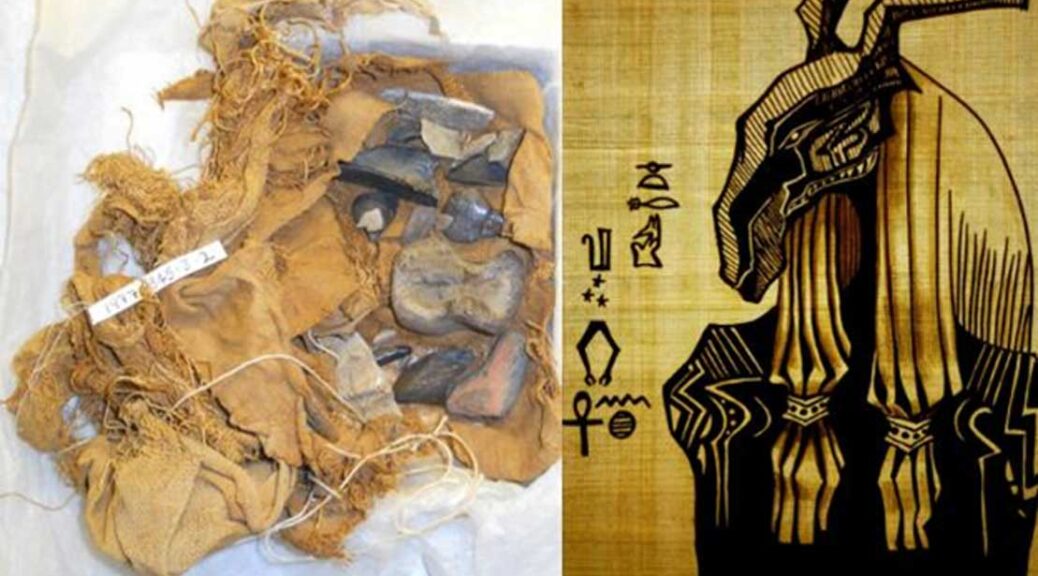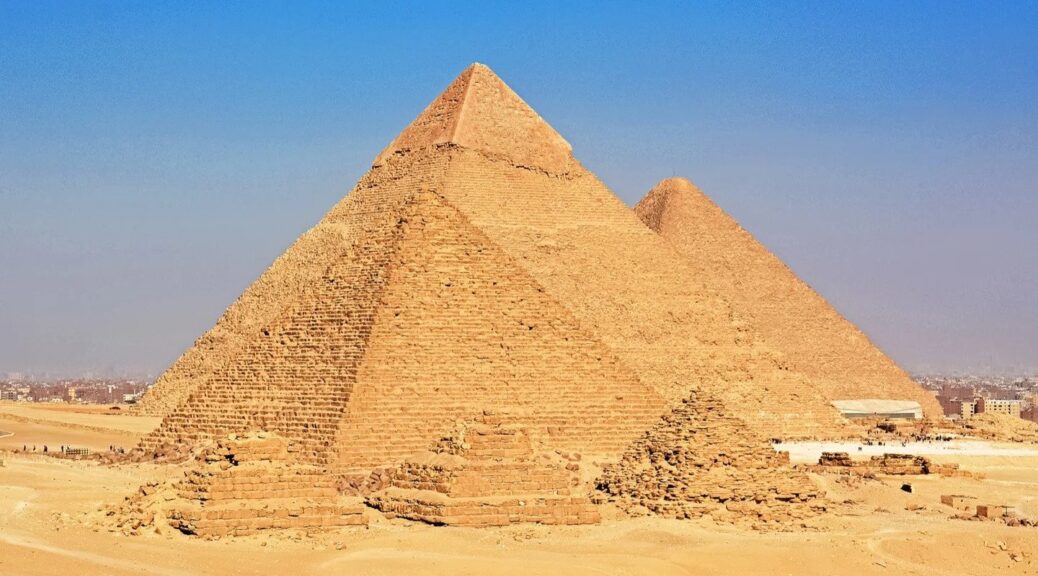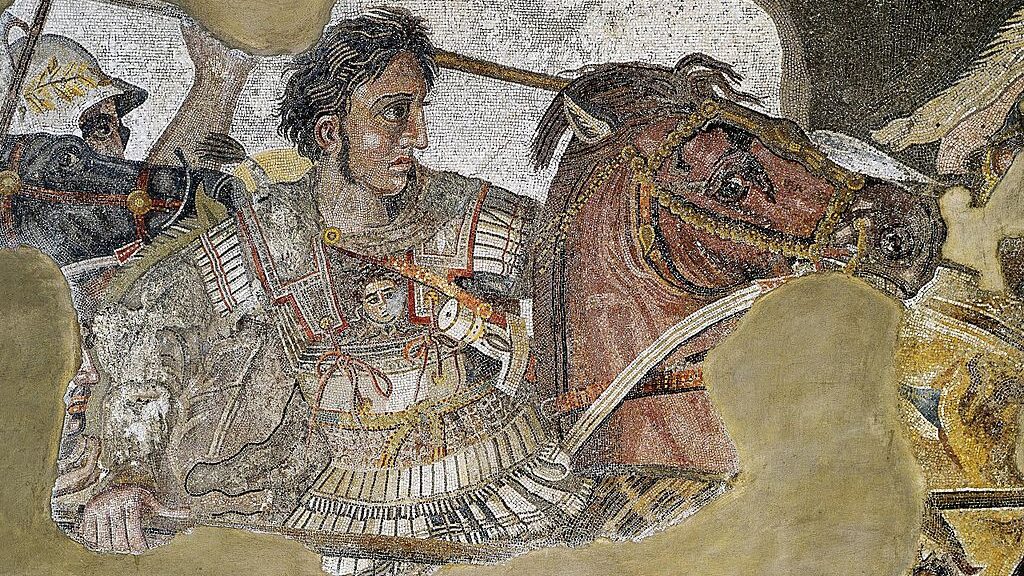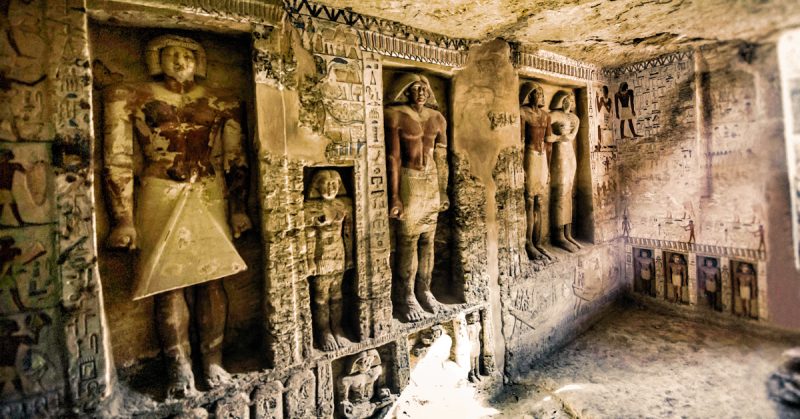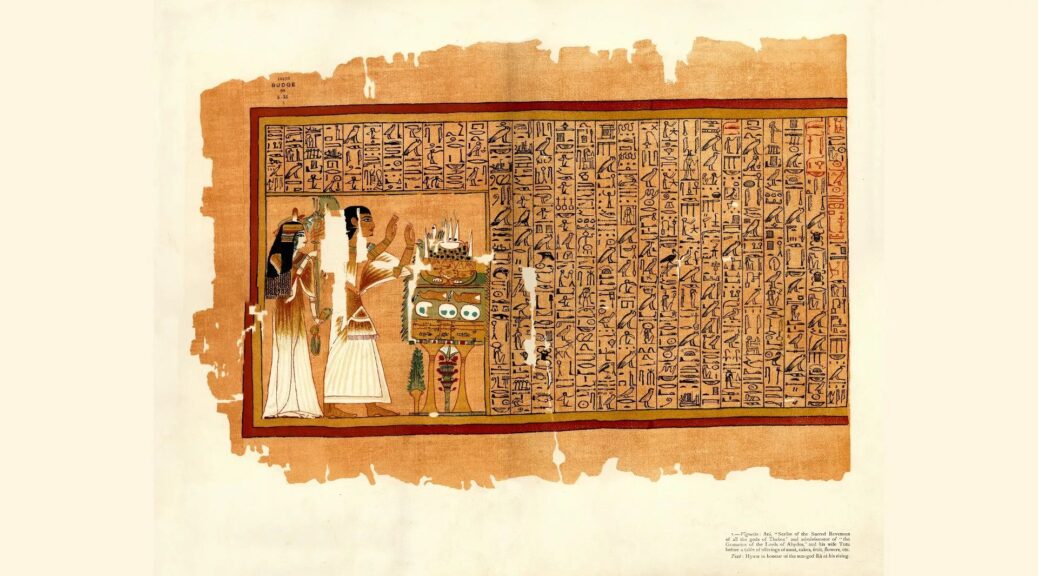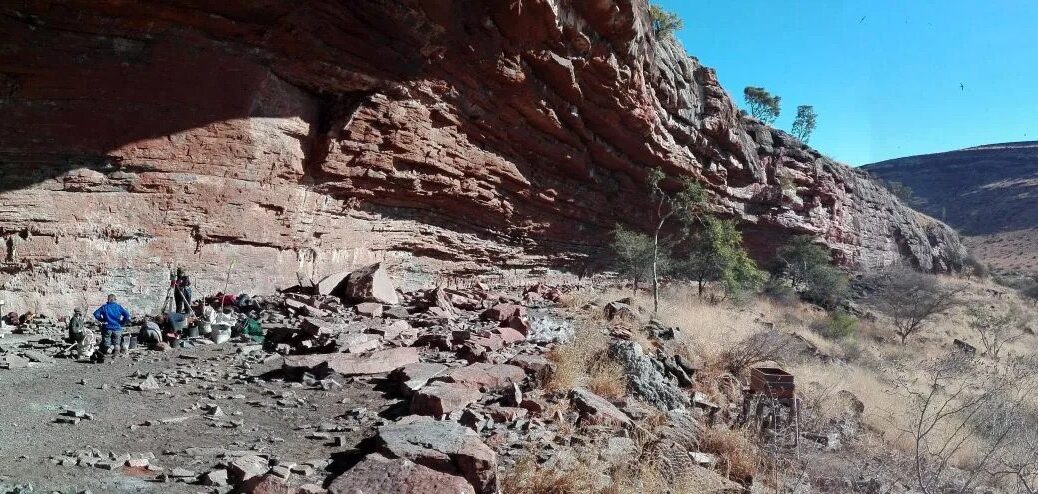11th-Century Settlement Uncovered in Zanzibar’s Stone Town
A UAE-led heritage project is shedding new light on the origins of Zanzibar’s Stone Town. Archaeologists have discovered evidence of an original settlement at the Unesco World Heritage site in Tanzania that dates back to the 11th century.









It proves the town — previously thought to be an 18th century Omani Arab town — was actually established much earlier by local Swahili people, archaeologists believe. During a major dig this summer, they unearthed traces of homes, cooking pits and significant amounts of pottery from this era.
They were then able to pinpoint the settlement’s transition to stone buildings by the 14th century. These stone houses gave the trading centre on the east African coast its unique appearance and were ultimately how it got its name. Stone Town became the powerful capital of the Omani Arab Empire in the 19th century and many major buildings were constructed at this time.

But the Emirati-funded work has shown how the trading centre developed much earlier than previously thought.
“Our excavations found walls of houses, stone architecture and established it was urbanised in a much earlier period than historically thought,” said Prof Tim Power of UAE University.
“We can now say that the town was built centuries before the Omanis arrived.”
The project, which started this year, is a collaboration between UAE University, New York University Abu Dhabi, the Royal Agricultural University in the UK and the Department of Antiquities in Zanzibar.
Archaeologists from Abu Dhabi’s Department of Culture and Tourism and students from State University of Zanzibar also volunteered for the project. Stone Town’s Old Fort, built during the Omani era, was the focus of the dig. The fort could be compared with Abu Dhabi’s Qasr Al Hosn, said Prof Power, as it was the nexus of military and political power and also functioned as a customs house.
A test pit dug in the 1980s unearthed pot sherds suggesting this, but Prof Power said this could be described as a sort of background noise. Another dig led by Prof Power in 2017 also yielded promising results.

This year, two trenches made in the fort’s courtyard were dug to a depth of two metres, uncovering rubbish pits, cooking fires, walls, floors, the remains of a Portuguese church, significant amounts of pottery and even evidence of a mosque — structures that show an intensification of human settlement.
The teams were able to date the pieces by comparing the types of pottery unearthed to those found in other excavations.
“We found a lot of imported pottery, especially from China,” said Nour Al Marzooqi, an archaeologist at Abu Dhabi’s Department of Culture and Tourism, who worked at the site over the summer.
“It is similar to what we found in the UAE,” said Ms Al Marzooqi. “But we also found local Swahili pottery such as cookware.”
Archaeologists stumbled upon a carved block from a mosque that once existed at the site but has yet to be found. The project also uncovered one of the walls of a Portuguese church that had been demolished and integrated into the fort. Archaeologists found the wall footings and floor of the church, under which dozens of Christian graves were found dating to the 16th and 17th centuries, when an Augustinian mission stood on the site.
“The excavations go back in time in a focused way,” said Prof Robert Parthesius, who leads NYUAD’s Dhakira Centre for Heritage Studies, the entity funding the project.
“And the ceramics found come from so many different periods. It gives an insight into all those centuries and we now we have come to 11th century.”

Stone Town started as a small fishing village but grew rapidly on the back of trade networks that developed across the Indian Ocean. It came under Portuguese, Omani and European influence but always retained its Swahili identity. It was the capital of the Omani Arab empire in the 19th century and became very wealthy.
“It was like the Venice of East Africa,” said Prof Power. “There was a major trade in ivory, ebony wood and slaves. Omani Arabs also developed clove plantations and it became the leading supplier of cloves in the world.
“This prosperity is reflected in the architecture,” said Prof Power. “There are beautiful merchant houses with carved doors and blocks. They are absolutely gorgeous.”
The project explores the cosmopolitan and multifaceted history of the town and how it plugs into the intricate and vibrant trade networks that existed across the Indian Ocean into the Gulf through the centuries from its foundation.
Gulf to Zanzibar trade
Did Chinese pottery, for example, come direct to Stone Town or through an intermediary?
A lot of trade was conducted on dhows that sailed from the Gulf to Zanzibar and this relationship was important. Stone Town was a market for Arabian goods such as dates and source of labour. Despite the many different ethnicities and differences, a shared culture and way of life also existed.

“This project is bringing to life the Indian Ocean during the Golden Age of Islam,” said Prof Power,” referring to the period between the 8th and 14th centuries, when there was a flourishing of cultural, economic and scientific advancement.
“It was a place where people did amazing things. This diversity and range of characters has been obscured by European colonialism, which split these regions into different territories, and also the post-colonial movement and ethnic nationalism. But there was shared culture across the Indian Ocean at this time.”
Zanzibar’s Minister for Tourism and Heritage Simai Said visited the site of the dig in the summer and said it was an “exciting new discovery” for the archipelago.
“We are happy to host an Emirati-funded archaeology project,” he said. “It will help us in our mission to communicate the island’s rich heritage and culture to tourists and local people alike.”
The work will continue in January when a further expedition is planned. It is also hoped to create a museum at the site to present some of the finds from the excavations to the public.
“This initiative is so important not only for understanding Indian Ocean trade networks but also useful for people living in Stone Town,” said Prof Parthesius, whose work at the centre seeks to forge collaborations with local heritage organisations.
“Our work seeks to bridge the divides. We want to make sure people don’t feel like we have come to teach them. And by working together, more people can be trained in archaeology and we can learn from each other.”
